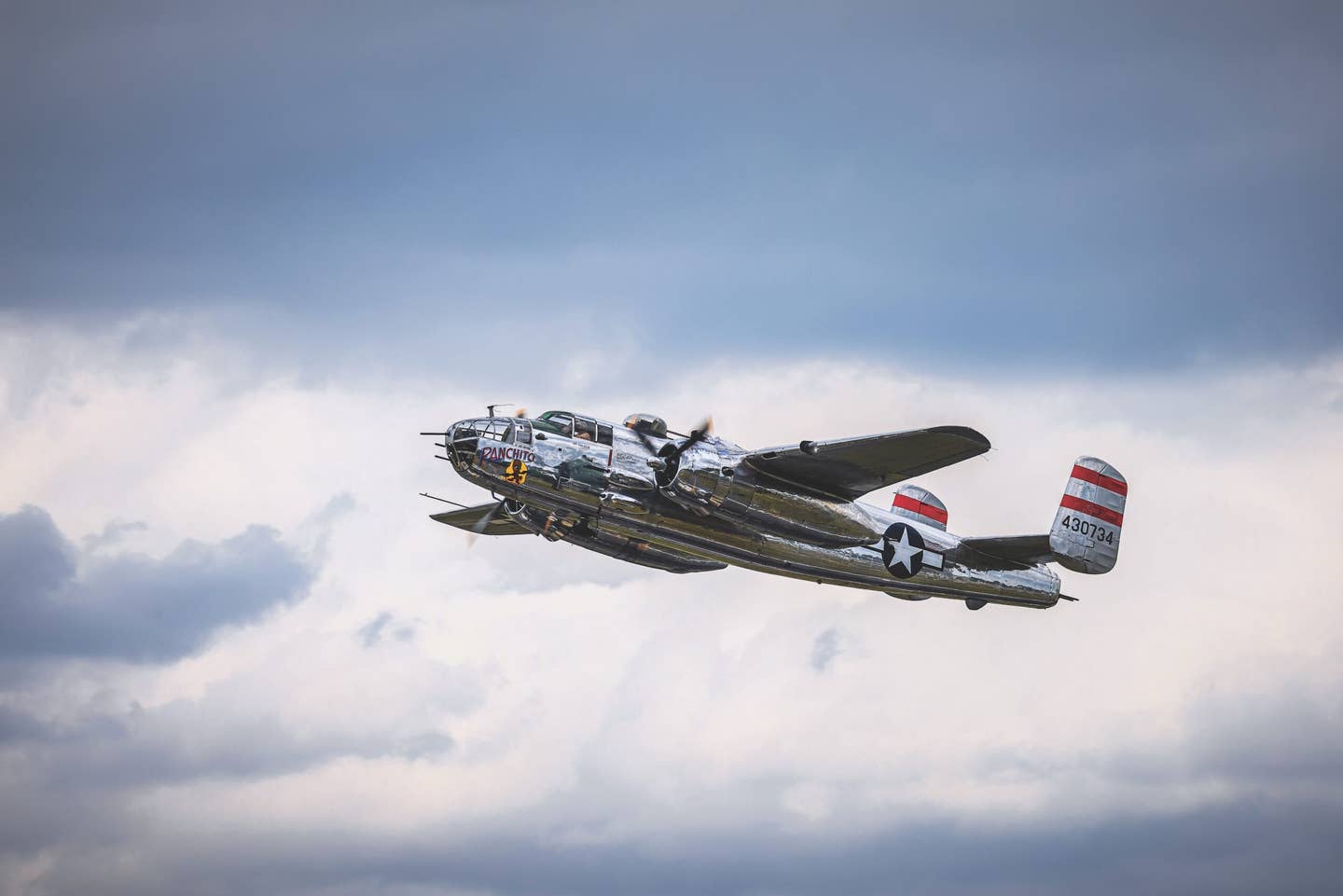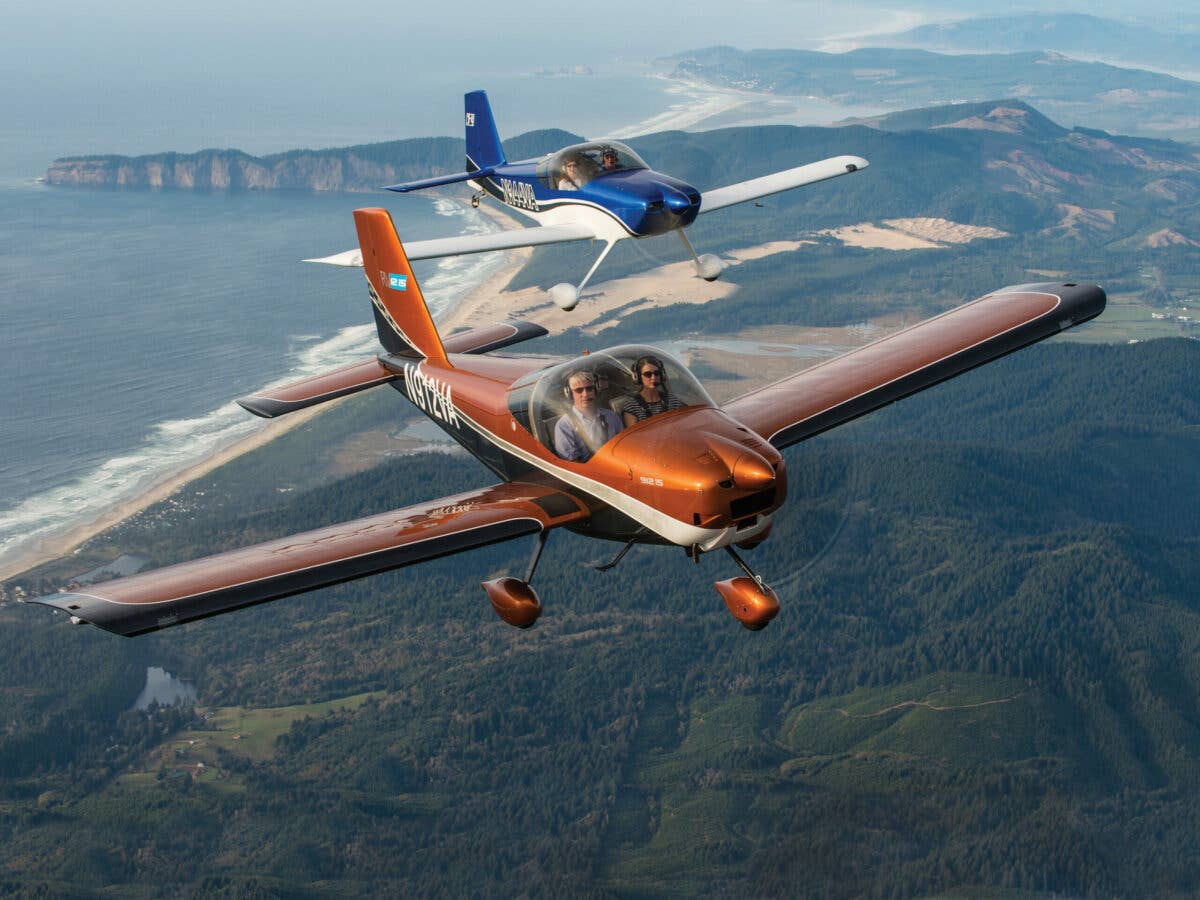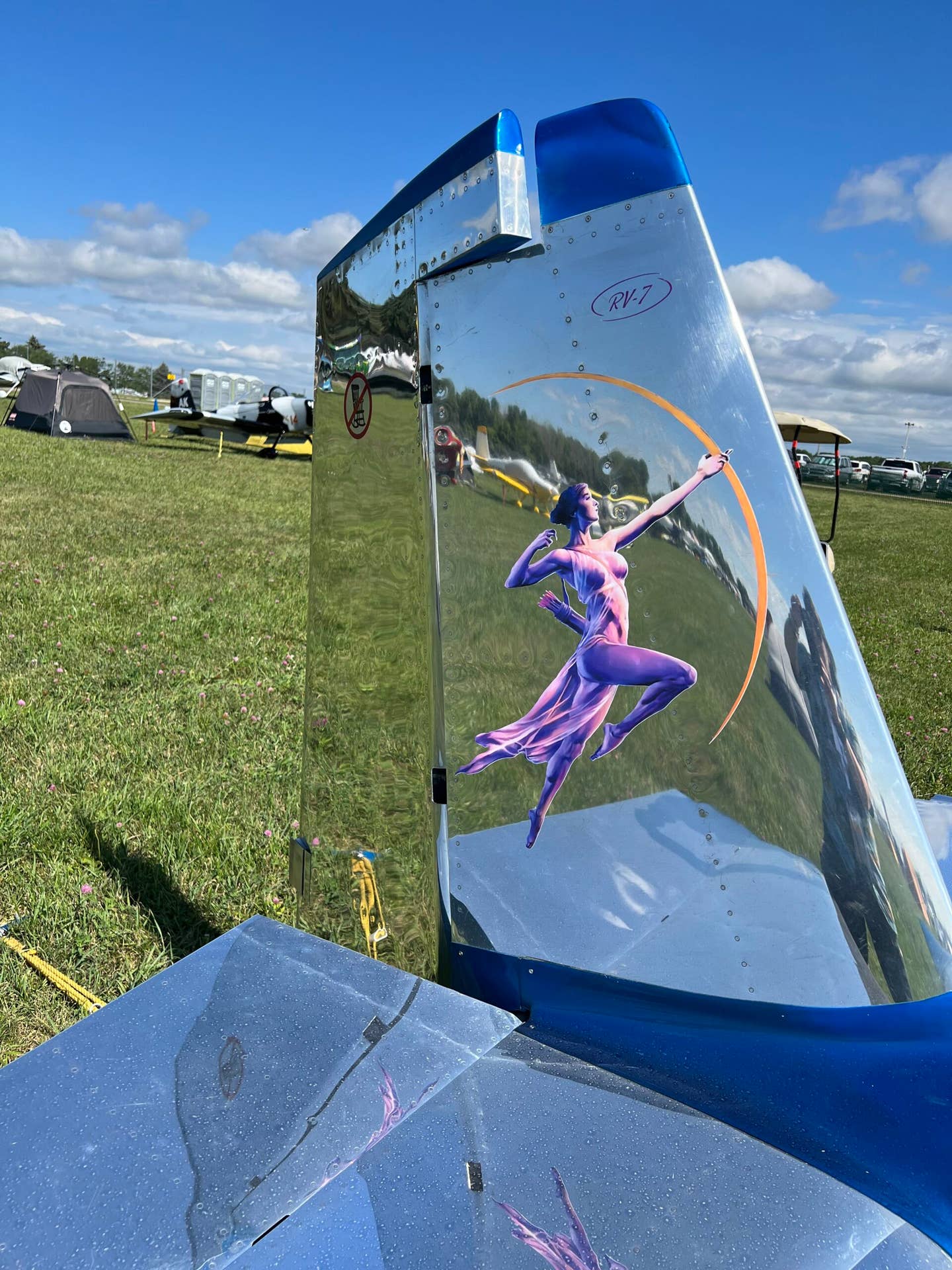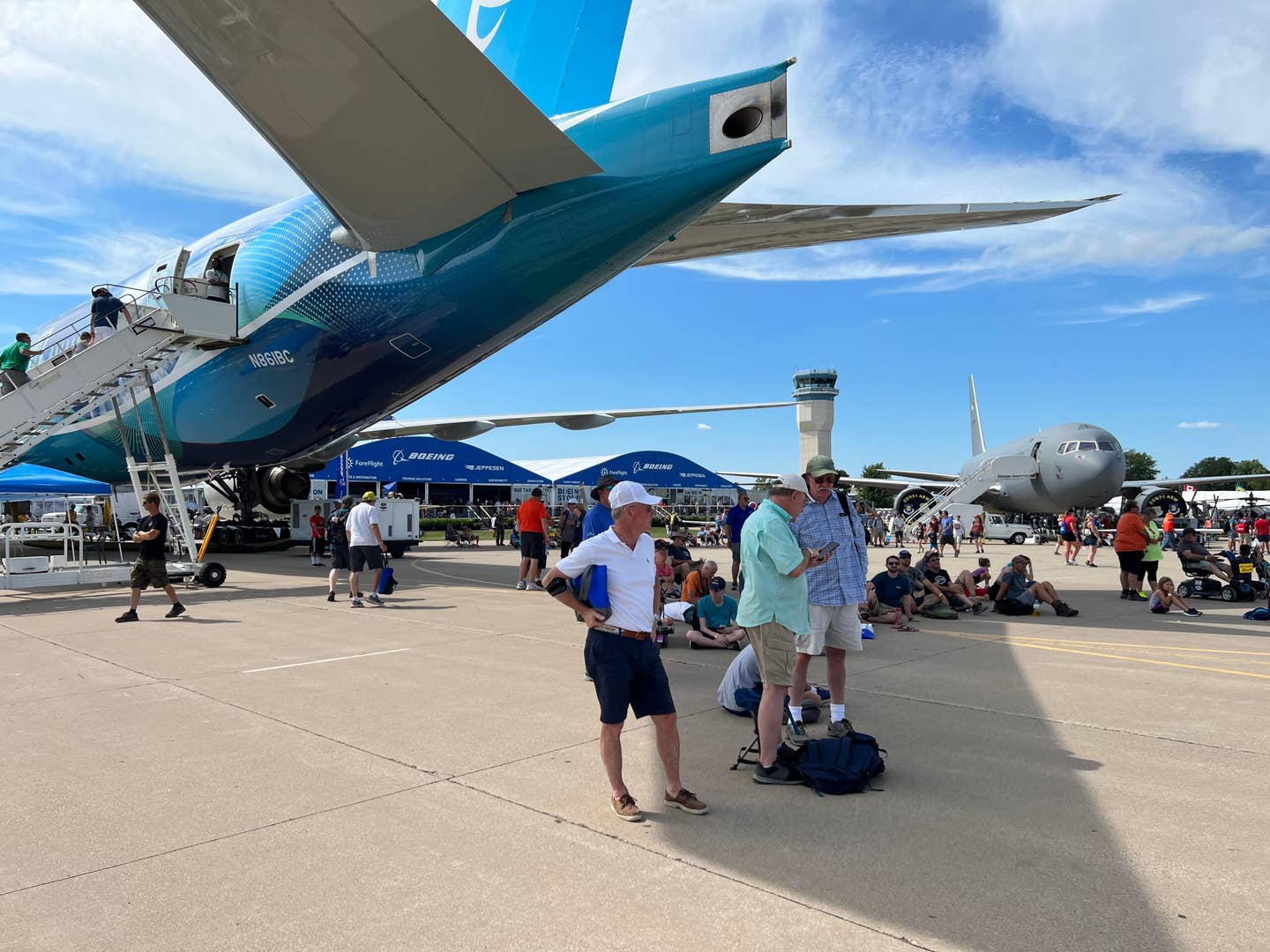
Honeywell's new blended-vision technology changes the way we look at weather and darkness. This technology will save lives. One of them might be yours.
Flying StaffEditor
Flying Magazine is a one-stop resource for everything aviation, including news, training, aircraft, gear, careers, photos, videos, and more.
Comments(0)
Related Stories

Subscribe to Our Newsletter
Get the latest FLYING stories delivered directly to your inbox






